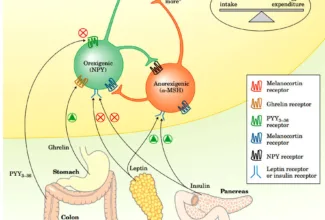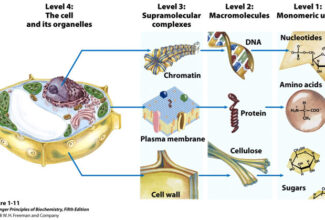
Giant Chromosomes: Polytene Chromosome and Lampbrush Chromosome
Polytene chromosome
- Polytene chromosome was discovered by Balbiani in 1881 in dipteran larval salivary glands (also known as salivary gland chromosomes).
- Found also in other tissues including gut epithelium, Malpighian tubules and some fat bodies of Diptera (Drosophila, Sciara, Rhyncosciara)
- These chromosomes are very long and thick (upto 200 times their size during mitotic metaphase in the case of Drosophila)
- They are formed due to multiple round of replication without separation of sister chromatids. In these cases, the duplicated chromosomes pile up next to each other, forming a bundle of strands that are aligned in parallel. The resulting chromosomes are said to be polytene from the Greek words meaning “many threads.”.
- The giant chromosomes of Drosophila consist of about 1,024 strands after 10 rounds of replication (210).
- In the case of Chironomus may have about 4,096 strands.
Lampbrush Chromosome
- Lampbrush chromosomes are the giant chromosomes found in oocyte nuclei of vertebrates (sharks, amphibians, reptiles and birds) as well as in invertebrates (Sagitta, Sepia, Echinaster and several species of insects).
- It was given this name because it is similar in appearance to the brushes used to clean lamp chimneys in centuries past.
- First observed by Flemming in 1882 and the name lampbrush was given by Ruckert in 1892.
- Lampbrush chromosomes are up to 800 µm long; thus they provide very favorable material for cytological studies.
- The homologous chromosomes are paired and each has duplicated to produce two chromatids. Each lampbrush chromosome contains a central axial region, where the two chromatids are highly condensed.









































































































































































Thank you for the post on your blog. Do you provide an RSS feed?
You are welcome
No, the site don’t provide RSS feed yet
best wishes